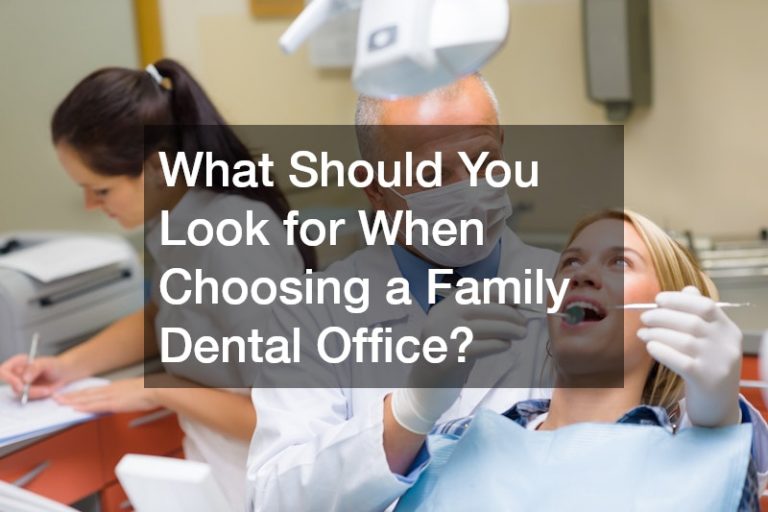If you’re having a toothache, you’re not alone — more than 15 million days of work are lost every year because of toothache. Though you may not know it, there are various reasons why you might get a toothache. In fact, there are so many potential causes of toothache pain that it can be difficult to identify the source of your discomfort. Thankfully, preventing and finding solutions for toothaches doesn’t have to be complicated. Here’s what you should know about them.
Tooth decay
Although it is easy enough to prevent with common sense oral hygiene habits like brushing and flossing, tooth decay usually happens when bacteria build up on your teeth. Plaque then turns into tartar, which will damage your enamel and lead to cavities. Once you have cavities in your teeth, only a professional can help correct the problem.
Visit the dentist at your earliest convenience to prevent the decay from worsening. If left untreated, it can turn into a more painful infection. The dentist will take a look at the decay and figure out together with you what the best treatment option is, depending on its severity. This might include getting a filling, fluoride treatments, or in extreme cases, removing or replacing the tooth, or doing a root canal.
Gum Disease
Gum diseases, such as gingivitis and periodontitis, are the world’s most common infections. They’re caused by poor oral hygiene and neglect and trigger redness, swelling, sensitivity, and bleeding.
Gingivitis
Gingivitis is a mild form of gum disease typically caused by plaque and bacteria buildup on teeth. This is one of the most prevalent oral health problems, with about more than 50% of Americans experiencing it. Warning signs include red, puffy or bleeding gums. However, good oral care at home—like regularly gargling and flossing—can nip gingivitis in the bud and bring your gums back to good health. Use toothpaste with antibacterial properties to brush your teeth thoroughly, then follow up with mouthwash to rinse off any leftover germs. Gargling saltwater also helps get rid of bad breath associated with gingivitis.
Periodontitis
If you let plaque and bacteria accumulate in your gums and jawbone, it will turn into periodontitis, a more severe type of gum disease. Symptoms include redness and swelling of the gums, bad breath, loose teeth, receding gums, and eventually tooth loss if you don’t see a dentist soon enough.
If you are suffering from periodontitis, there are a few treatment options that your dentist might suggest. In more mild cases, a deep cleaning known as root planing might be enough to treat the infection and restore your gums to good health. In more severe cases, antibiotics or surgery may be necessary. Make sure to visit your dentist regularly for checkups so that they can monitor your oral health and treat any problems before they get worse.
Cracked teeth
If you notice a crack in your tooth, it’s important to seek dental attention as soon as possible. The treatment options for cracks are either fillings or bonding, which is similar to cavity treatment. Cracks can be caused by biting down on hard objects or chewing ice but may also result from clenching and grinding teeth over time.
Bruxism
Bruxism is the term for grinding your teeth, which usually happens when you clench your jaws. This action wears down the enamel that protects your teeth, leaving them vulnerable to tooth decay. Tooth infection caused by bruxism can be treated like tooth decay, but that doesn’t address the root of the problem. So it’s crucial to solve the underlying issue.
Most people grinding their teeth do so from stress, too much caffeine, smoking tobacco or other drugs, and incorrect jaw alignment. If any of these are reasons you think you might be classed as a tooth grinder, then take care to avoid more substances that lead to stress like caffeine and nicotine — among others. Get fitted for some custom-made anterior mouth guards if it’s misaligned jaws causing the problem.
Moreover, the tooth pain caused by clenching your jaws may just be pain from your muscles. If you tend to clench your jaw, open your mouth and loosen up your jaw muscles periodically to prevent grinding down your teeth.
Tooth Abscess
If cavities or gum disease go untreated, an abscess, or a small pocket of pus located at the root of your tooth, may form and result in serious pain.
The best way to treat teeth infections is by making an appointment with your dentist. In the meantime, take over-the-counter oral medicine like ibuprofen or aspirin for pain relief and to reduce inflammation. To keep the area clean and free of bacteria that could cause infection, rinse your mouth with a saltwater solution regularly.
Final Thoughts
If you’re experiencing a toothache, don’t hesitate to seek medical treatment. While some pains go away with painkillers or salt water, others might require a visit to the dentist. It’s essential that you get diagnosed and treated as soon as possible so that the pain doesn’t worsen over time.







